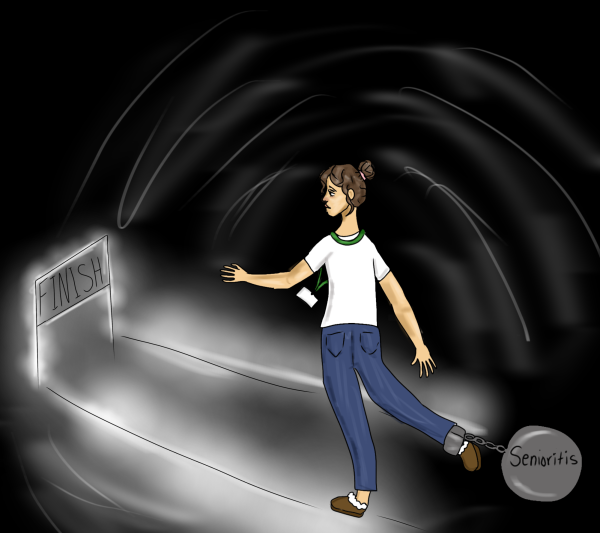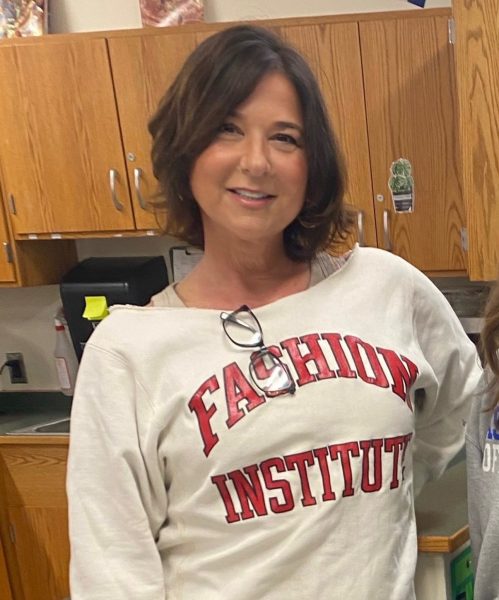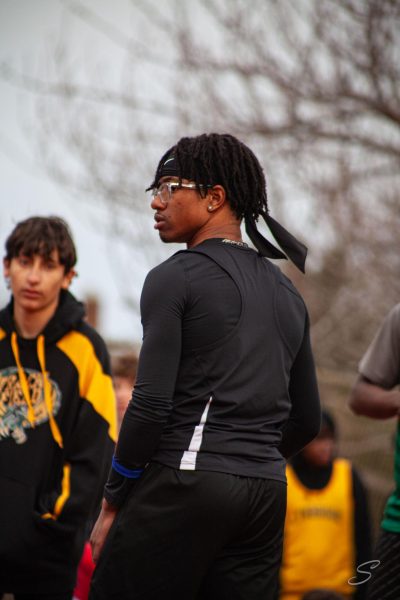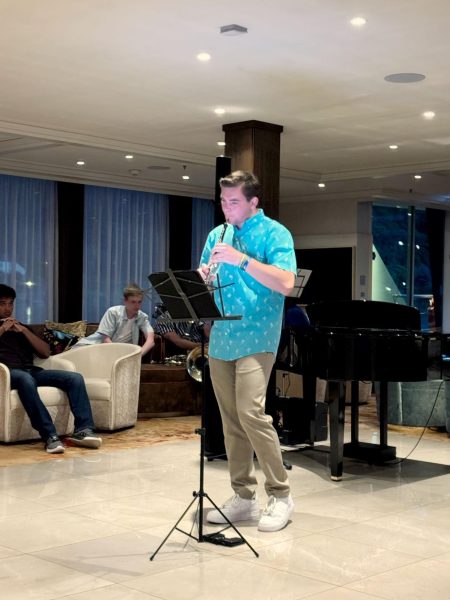National School Walkout
Student-made signs, like the one held by Madelyn Colonna, were made to advocate for change to gun control legislation.
Valentine’s Day, a day normally spent celebrating loved ones with thoughtful (albeit cliché) flowers and chocolates, struck our nation with tragedy earlier this year. Just as the school day was ending on February 14 at Marjory Stoneman Douglas High School in Parkland, Florida, expelled student Nikolas Cruz fired gunshots on his former classmates and faculty members, leaving 17 dead. People were no longer posting pictures on social media with their significant others but instead voicing messages of condolence to the victims.
In the aftermath of the events, conversations quickly morphed into activism, as people searched for avenues to express their concern over gun violence. Remarkably, the people voicing their opinion for stricter gun regulations the loudest were teenagers, the victims in school shootings. Survivors from the Marjory Stoneman Douglas shooting and other organizations such as the Women’s March Association organized walkouts for schools across the nation.
The implementation of walkouts has sparked controversy, with some viewing it as an opportunity for students to express their political opinion, while others feel it is not appropriate for students to protest during school hours. Ultimately, the best way to prevent further shootings from occurring is to participate in activism such as organized walkouts to unify likewise ideas for change. Sophomore Maria Russotti states, “The national walkouts are a perfect opportunity to allow students to have their voice heard on a topic that is so important yet is often ignored.”
LHS, along with schools across the nation, participated in a memorial service to honor the lives of the deceased from Parkland Florida on March 14. While the high school’s commemoration to the victims of the Marjory Stoneman Douglas shooting should be lauded, in a way, it also removed the opportunity for students to express their voice on the controversial subject matter.
The 17-minute walkout in the gymnasium featured SGA members reading aloud the names of victims from the Marjory Stoneman Douglas shooting, along with descriptions of each person. The assembly concluded with a six-minute moment of silence for the time remaining. Though honoring the lives of the Parkland victims is important, the intended purpose of the countrywide walkout was to protest the government’s lack of regulations on gun control to end the widespread issue of mass shootings in America, which the assembly neglected to do. Sophomore Madelyn Colonna states, “I, personally, was not a fan of the way the administration handled the walkout. Yes, the memorial was necessary, but it should not have been forced as a substitute for the walkout. It was made clear that the school does not want to make it political. It is a walkout! It is supposed to be a political statement.”
Since most students cannot vote, they face limited opportunities to have their political opinions heard. The national walkouts are an opportune occasion for students to accomplish this and have a say in important matters that directly affect them. After all, it is students whose lives are most impacted by gun violence through school shootings. From practicing active shooting drills in school, to watching newscasts of fellow Americans senselessly losing their lives from the pull of a trigger, teenagers have grown up in a society mired in gun violence their whole lives, and, since students do not have an influence on ballots, they must express their anguish through activism.
Moreover, details of the walkout were vague prior to it, so many students who wanted to protest settled with going to the assembly instead. Had the school been more clear in its plan for the walkout further in advance, it would have given students a greater choice to protest. Additionally, other students showed apprehension to walk out since rumors emerged regarding potential consequences for those who left classes. Sophomore Kaylin Tephly stated, “I was disappointed to see the lack of protesting during the assembly. It was unclear beforehand about what the school was going to do for the walkout and the punishments students would face if they walked out. Sadly, this drove a lot of students away from protesting.”
Many students looked to other avenues to protest for stricter gun control such as the March for Our Lives on Saturday, March 24. This peaceful protest was organized by the survivors of the Parkland shooting, and people across the nation banded together in the pursuit of stricter gun control. Colonna, who attended the New York City march, stated, “The march was something I will not soon forget. Everyone there was marching for a cause; it did not matter race, gender, sexuality, age, or even political party. We just wanted to make schools safer for ourselves and for the generations to come.”
Ultimately, more should have been done to accommodate for students who intended to express their political opinion on March 14. Though, while students may not have walked out during the national walkout, with more planned protests approaching, hopefully students can find the opportunity to protest for what they believe in if they choice to do so.







































